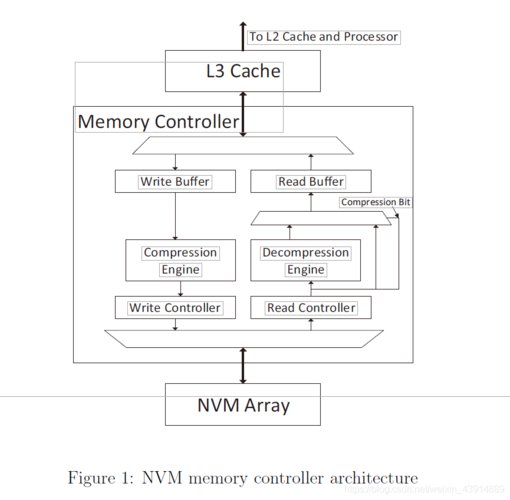
32-bit Architecture vs 64-bit: A Comprehensive Comparison
When it comes to computer architecture, the debate between 32-bit and 64-bit systems has been ongoing for years. As a user, you might be wondering what the differences are and which one is better suited for your needs. In this article, we will delve into the intricacies of both architectures, comparing their performance, compatibility, and overall capabilities.
Performance
One of the most significant differences between 32-bit and 64-bit architectures is their performance capabilities. Generally, 64-bit systems offer superior performance due to their ability to handle larger amounts of data and execute more complex instructions.

Here’s a breakdown of the performance differences:
| Aspect | 32-bit | 64-bit |
|---|---|---|
| Memory Addressing | 4 GB of RAM | Up to 16 TB of RAM |
| Instruction Set | 32-bit instructions | 64-bit instructions |
| Performance | Lower | Higher |
As you can see, 64-bit systems can address more memory and execute more complex instructions, leading to better overall performance. However, it’s important to note that the actual performance difference may vary depending on the specific hardware and software you’re using.
Compatibility
Another crucial aspect to consider when comparing 32-bit and 64-bit architectures is compatibility. While 64-bit systems can run 32-bit applications, the reverse is not true. This means that if you have a 32-bit operating system, you won’t be able to run 64-bit applications.
Here’s a summary of compatibility issues:
| Aspect | 32-bit | 64-bit |
|---|---|---|
| Operating System | Can run 32-bit and 64-bit applications | Can run 32-bit and 64-bit applications |
| Applications | Can run 32-bit applications | Can run 32-bit and 64-bit applications |
| Drivers | May require specific drivers for certain hardware | May require specific drivers for certain hardware |
It’s important to ensure that your hardware and software are compatible with the architecture you choose. If you’re planning to run 64-bit applications, it’s best to opt for a 64-bit system.
Security
Security is another critical factor to consider when comparing 32-bit and 64-bit architectures. Generally, 64-bit systems offer better security due to their larger address space and improved memory management.
Here’s a comparison of security features:
| Aspect | 32-bit | 64-bit |
|---|---|---|
| Address Space | Smaller | Larger |
| Memory Management | Less efficient | More efficient |
| Security | Lower | Higher |
With a larger address space and more efficient memory management, 64-bit systems are less prone to security vulnerabilities. However, it’s important to note that security also depends on the operating system and software you’re using.
Conclusion
In conclusion, the choice between 32-bit and 64-bit architectures depends on your specific needs. If you require superior performance, better security, and the ability to run 64-bit applications, a







